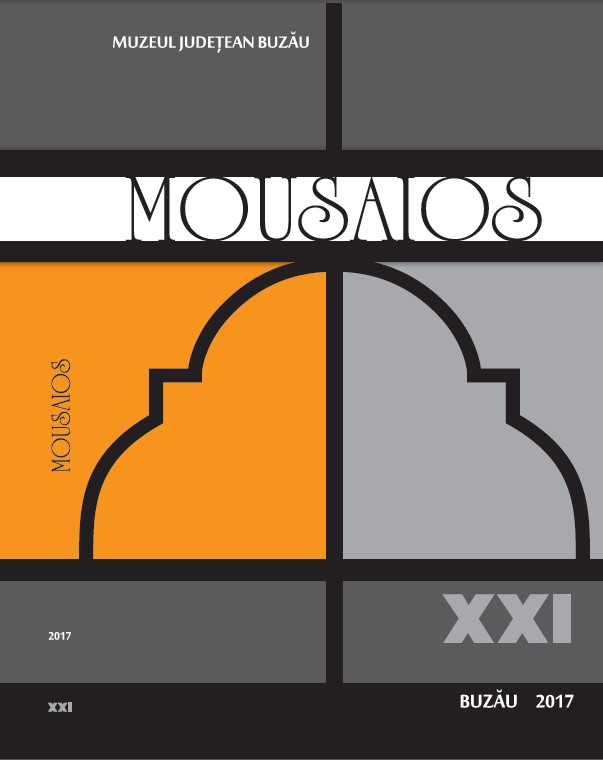TEZAURUL MONETAR DE LA SĂSENII VECHI, COM. VERNEȘTI (JUD. BUZĂU), (SEC. XV – XVII)
THE HOARD DISCOVERED AT SĂSENII VECHI, VERNEŞTI COMMUNE (BUZĂU COUNTY) (15TH - 17TH CENTURIES)
Author(s): Marius Neculae, Cătălin DinuSubject(s): Archaeology
Published by: Muzeul Judetean Buzău
Keywords: coins hoard; silver; groats; hungarian denarii; onluk;
Summary/Abstract: This paper refers to a hoard of coins discovered at Săsenii Vechi, Buzău County in April 2015, which contains 201 coins struck between 1492 and 1623.75 pieces from this hoard are ½ groats struck by polish monachs for the Crown and Lithuania and by Louis II of Hungary for the city of Swidnica (5). Among them, we have: 12 pieces of ½ groats struck by John I Albert (1492 – 1501) for the Crown, 23 pieces struk by Alexander I (1501 – 1506) for the Crown and 4 for Lithuania, 15 ½ groats struk by Sigismund I the Old (1506 – 1548) for the Crown and 6 for Lithuania, and 7 pieces struk by Sigismund II Augustus (1548 – 1572) for Lithuania, the first being a coin issued between 1492 and 1501.The 2nd lot consist of 123 Hungarian denarii struck by Habsburg monarchs as Hungarian kings, in Kremnitz mint: 53 by Ferdinand I (1526 – 1564), 19 by Maximilian (1564 – 1576), 47 by Rudolpf II (1576 – 1608) and 3 by Matthias II (1608 –1619), the last being a coin issued in 1613.We also identified 6 imitations too, 3 made after Polish Crown’s ½ groats, one after Hungarian denarii, one imitating the ¼ silver thaler struck by Sigismund III Vasa (1596-1609) for the city of Danzig, and one imitating a Holy Roman Empire silver coin from the 16th century. The presence here of these counterfeit pieces is not an uncommon thing in a period of development of counterfeits due to the lack of silver and of small coins required in daily transaction.The presence here of a single Ottoman coin, an onluk struck by Murad IV (AH 1032 – 1049/ AD 1623 – 1640) in his first year of reign, and the intensive use of coins issued prior to reforms from the beginning of the seventeenth century, shows us the monetary debasement and the decline of coinage mint in the Ottoman Empire who has registred a severe debasement beginning with the seventeenth century. Pieces from the 16th century, found in hoards after a long period from their struck, shows their quality, being prefered for retention instead of Ottoman contemporary silver pieces.If we take in account that the onluk issued in 1623 close the hoard, we consider that most probable the hoard was buried in the context of the political uncertainty situation and riots in Wallachia, from the second quarter of the 17th century.
Journal: Mousaios
- Issue Year: 2017
- Issue No: 21
- Page Range: 207-247
- Page Count: 41
- Language: Romanian

